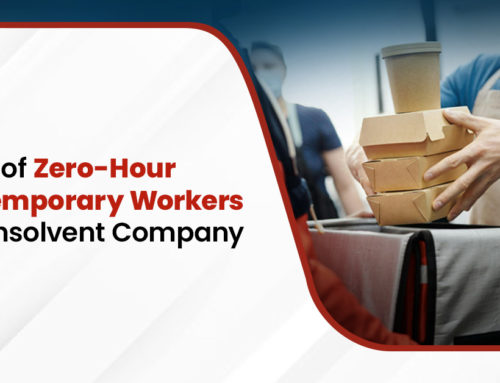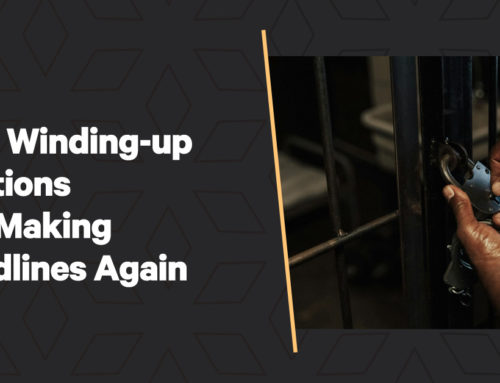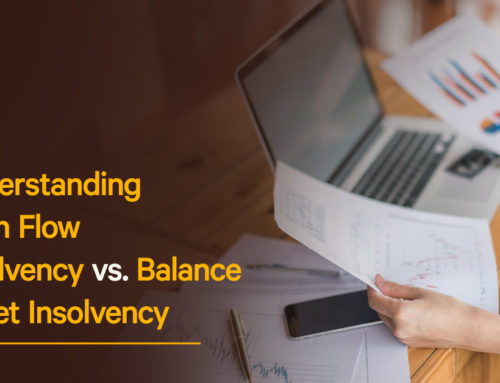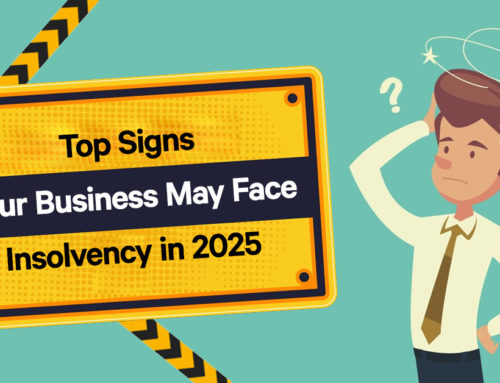The economy is always reasonably volatile; however, it seemed nobody was prepared for the impact of the pandemic on the country and the entire world. Organisations had to adapt and learn how to operate sufficiently in a world where all businesses had to start working from home and were unable to communicate with their customers face to face.
As the pandemic took hold, emergency measures were implemented by the government in order to ensure that businesses were given a fighting chance at surviving the three nationwide lockdowns that were to come. These worked to a certain extent, but organisations are beginning to feel the strain in 2022. This past year, the country has suffered with its highest levels of voluntary insolvencies since records began.
What Measures Were Introduced by the Government?
At the start of the pandemic, the government introduced the Corporate Insolvency and Governance Act 2020. This brought with it a range of measures that helped organisations throughout the lockdown and the restrictions that came with it. They also introduced the Furlough Scheme, which helped businesses continue paying their staff even though they weren’t bringing in as much money as they would have in previous years. The measures meant that companies could owe more to their creditors before any insolvency measures had to be considered.
When Did These Measures End?
The majority of the covid-19 measures ended in September 2021, which meant that businesses had to pay their staff in full, and more voluntary and non-voluntary insolvencies were introduced as a result. The only measures that continued after September were those that involved the winding up of a company; these have since ended, though, as they were only extended up until 31st March 2022.
Any remaining restrictions were denied further extensions, which meant that the insolvency regime returned to its pre-pandemic operation. Businesses everywhere were advised to seek the help of professionals if they needed it to find out how they could best protect their organisation further.
The Effect Ending Measures Had on Businesses
What happened next was predicted by insolvency experts across the country. They estimated that there would be a sharp rise in company failures after the government ended the furlough scheme and other measures they had in place. This was only ever going to be exacerbated by the fact that banks were beginning to ask for repayments on loans people took out during the pandemic and backed by government guarantees.
The overall number of insolvencies rose by 51% compared to their corresponding quarters in 2020. Insolvencies were kept to a minimum throughout the health crisis, given the measures that were put in place favoured struggling organisations and offered them a plethora of financial support. With this now gone but organisations still suffering from the impact of the pandemic, it is hardly a surprise that voluntary insolvencies are currently at an all-time high.
What Are Experts Saying?
Samantha Keen is one of the partners for the UK turnaround and restricting strategy for the well-known consultancy EY. She has commented that the increased number of companies failing is hardly a surprise given that most temporary measures ended and the trading conditions present within the UK at the end of 2021 and the beginning of 2022 was still very difficult.
She commented that the number of voluntary liquidations merely acts as a sad reminder that small businesses are much more vulnerable to headwinds. Voluntary liquidations made up 90% of the total number of company insolvencies, which is higher than it has been in previous years.
“Many small businesses had been insulated by the true impact of the pandemic by government support measures,” she said before continuing, “but the end of the furlough, in particular, left many having to make difficult decisions about their long-term future.”
Colin Haig also commented on the mindset of modern business owners and their view on the prospects of trading at this current time. This is because of the fact that so many of the insolvency that took place were instigated by the company directors themselves. Haig, who is the president of R3 (an insolvency trade body), said, “they lack confidence in their trading prospects in the current climate.”
The Current Climate
Though many businesses are still struggling because of the repercussions and losses they suffered throughout covid, there are many other issues that modern businesses face these days as well. One of these is the current cost of living crisis and the massive surges in energy bills that we are beginning to see. It’s just another blow for businesses that operate within hospitality as only one year after covid restrictions have ended, running a venue has again become extremely difficult as the cost of operating one continues to rise.
What To Do If Your Business Needs Help
A number of factors currently affecting businesses all over the UK are leading to a record number of insolvencies. One of these factors is the end of government measures put in place throughout the pandemic. These came to a close in September 2021 and March 2022, which meant that companies had to begin paying staff in full again and start repaying loans they took out with banks.
This, paired with the increased cost of living and running a business, means that more and more organisations are currently struggling to stay open. There are options available to organisations, such as business recovery loans, and before you engage in voluntary liquidation, it would be worth considering these options in a bit more detail.

If you would like any help in further understanding your situation and exploring the options that are available to you, you should consider enlisting the help of experts such as Leading UK. We will be able to sit down with you and your business to grasp your position and advise you on the most effective ways you can move forward. If you would like further information or have any questions, please do not hesitate to get in touch.






